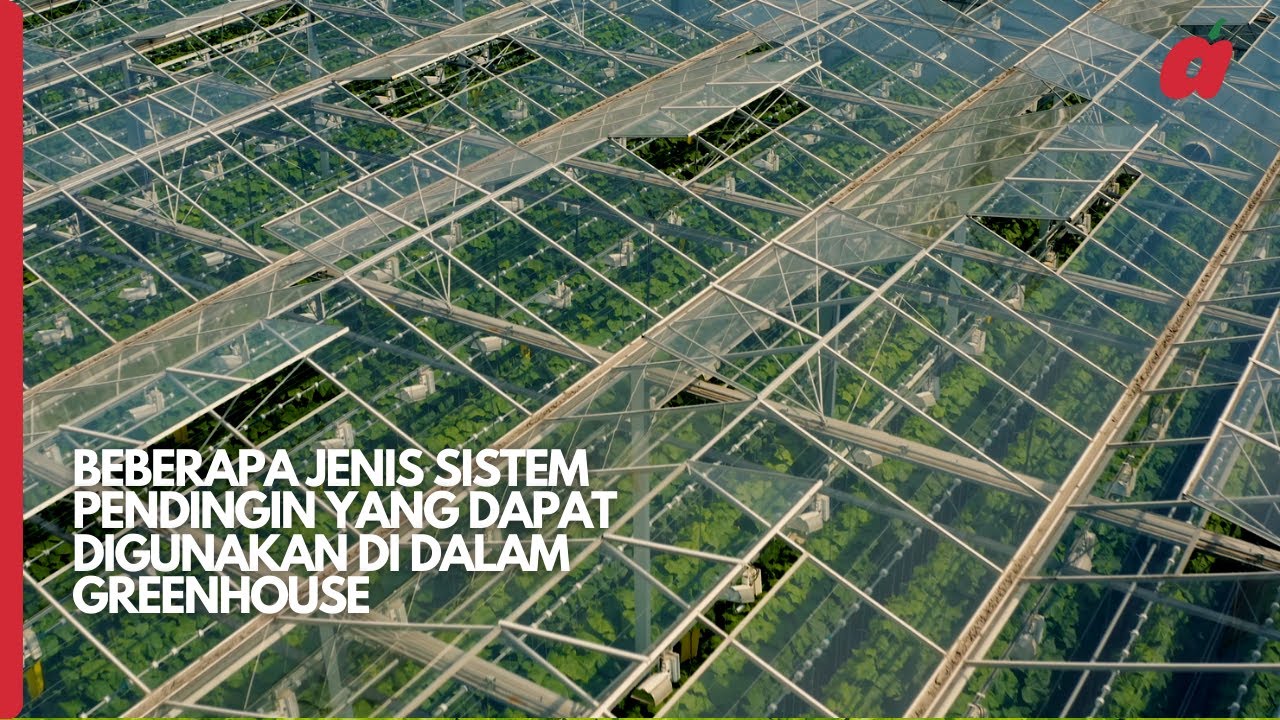How Engine Cooling System Works ? Cooling System Explained |Air Cooled | Oil Cooled | Liquid Cooled
Summary
TLDRThis video explains the three main types of engine cooling systems: air cooling, oil cooling, and liquid (water) cooling systems. It covers how each system works to manage the extreme heat generated during engine operation. Air-cooled engines are simple and lightweight but can't handle high RPMs or continuous high performance. Oil-cooled engines help maintain oil viscosity and are used in mid-range motorcycles. Liquid-cooled systems, commonly found in high-performance engines, offer superior cooling efficiency, allowing for better performance and smoother operation, although they are more expensive and require more maintenance. The video concludes by comparing the advantages and disadvantages of each system.
Takeaways
- 😀 Air-fuel mixture inside the engine produces extreme heat, reaching up to 2500°C, which can cause engine problems like detonation and knocking if not managed properly.
- 😀 To prevent engine failure, the temperature needs to be controlled, and this is where the engine cooling system plays a crucial role in maintaining an optimal operating temperature.
- 😀 Engine cooling systems are primarily of two types: air cooling and water cooling. Oil cooling is a subcategory of air cooling, while liquid cooling refers to water cooling.
- 😀 Air-cooled engines rely on the flow of air over metal fins on the cylinder head and block to dissipate heat. This system is common in small engines with lower CC, such as 100-200 CC motorcycles.
- 😀 The main advantage of air-cooled engines is their simple design, low cost, and minimal maintenance requirements, but they are not suitable for high-performance continuous running.
- 😀 Oil-cooled engines combine air cooling with the cooling of engine oil, preventing overheating and preserving lubrication efficiency, making them better suited for mid-range engines (150-250 CC).
- 😀 Oil-cooled engines still share limitations with air-cooled systems, such as inability to sustain continuous high RPM operation without the risk of overheating.
- 😀 Water-cooled (liquid-cooled) engines provide superior cooling efficiency by circulating a special coolant through water jackets, which absorb and dissipate engine heat via a radiator.
- 😀 Liquid-cooled systems are ideal for high-performance engines with high compression ratios and high RPM capabilities, as they prevent overheating and ensure smooth engine operation.
- 😀 The key disadvantages of water-cooled engines include their higher cost, complex design, and increased maintenance needs due to the need to regularly check and replace coolant.
- 😀 The use of thermostats in water-cooled systems ensures that the engine doesn't overcool by regulating the flow of coolant, maintaining the engine at its optimal operating temperature.
Q & A
What is the primary role of an engine cooling system?
-The primary role of an engine cooling system is to prevent the engine from overheating by maintaining the engine temperature within an optimal range, ensuring efficient engine operation.
Why is it important to control engine temperature?
-It is important to control engine temperature to avoid problems such as detonation, knocking, and mechanical failure. Excessive heat can cause engine components like pistons and valves to reach their melting point, potentially leading to engine seizure.
What are the two main types of engine cooling systems?
-The two main types of engine cooling systems are the air cooling system and the water (liquid) cooling system.
What is the difference between water-cooled and liquid-cooled engines?
-Water-cooled engines use water as a coolant, whereas liquid-cooled engines use a special coolant mix, typically including water and ethylene glycol, for better heat dissipation.
How does an air-cooled engine work?
-In an air-cooled engine, metal fins are attached to the cylinder head and block to increase surface area. The engine is cooled by air flowing over these fins, dissipating heat as the vehicle moves.
What are the advantages of air-cooled engines?
-Air-cooled engines are simpler in design, cost less, and require less maintenance. They are lighter due to the absence of a cooling system like a radiator, making them suitable for lower RPM and smaller capacity motorcycles.
What are the disadvantages of air-cooled engines?
-Air-cooled engines are less effective for continuous high-performance use, as they can overheat with prolonged high RPM. Additionally, they tend to produce more noise during operation.
What does an oil-cooled engine do differently from an air-cooled engine?
-An oil-cooled engine also uses air for cooling but incorporates an oil cooler to cool the engine oil. This helps maintain oil viscosity and lubrication efficiency, reducing wear and tear on moving engine parts.
How does a water-cooled (liquid-cooled) engine work?
-In a water-cooled engine, coolant circulates through water jackets in the cylinder block and head. The coolant absorbs heat and is then cooled in a radiator with the help of a fan before returning to the engine to continue the cooling cycle.
What are the advantages of liquid-cooled engines?
-Liquid-cooled engines offer superior cooling efficiency, better performance, and can operate at higher RPMs without the risk of overheating. They are also quieter and smoother in operation, making them ideal for high-performance and racing motorcycles.
Outlines

This section is available to paid users only. Please upgrade to access this part.
Upgrade NowMindmap

This section is available to paid users only. Please upgrade to access this part.
Upgrade NowKeywords

This section is available to paid users only. Please upgrade to access this part.
Upgrade NowHighlights

This section is available to paid users only. Please upgrade to access this part.
Upgrade NowTranscripts

This section is available to paid users only. Please upgrade to access this part.
Upgrade NowBrowse More Related Video

Sistem Pendingin, Part 1: Macam-macam, Fungsi dan Komponen Sistem Pendingin Mobil

Auxiliary Generator Starting Procedure from Blackout condition | Garish Jerome

Data Center HVAC Systems

#19 ATPL Training Piston Engines Engine Cooling Part 1

Central air conditioning system working Animation

INILAH SISTEM PENDINGIN YANG DITERAPKAN PADA GREENHOUSE
5.0 / 5 (0 votes)